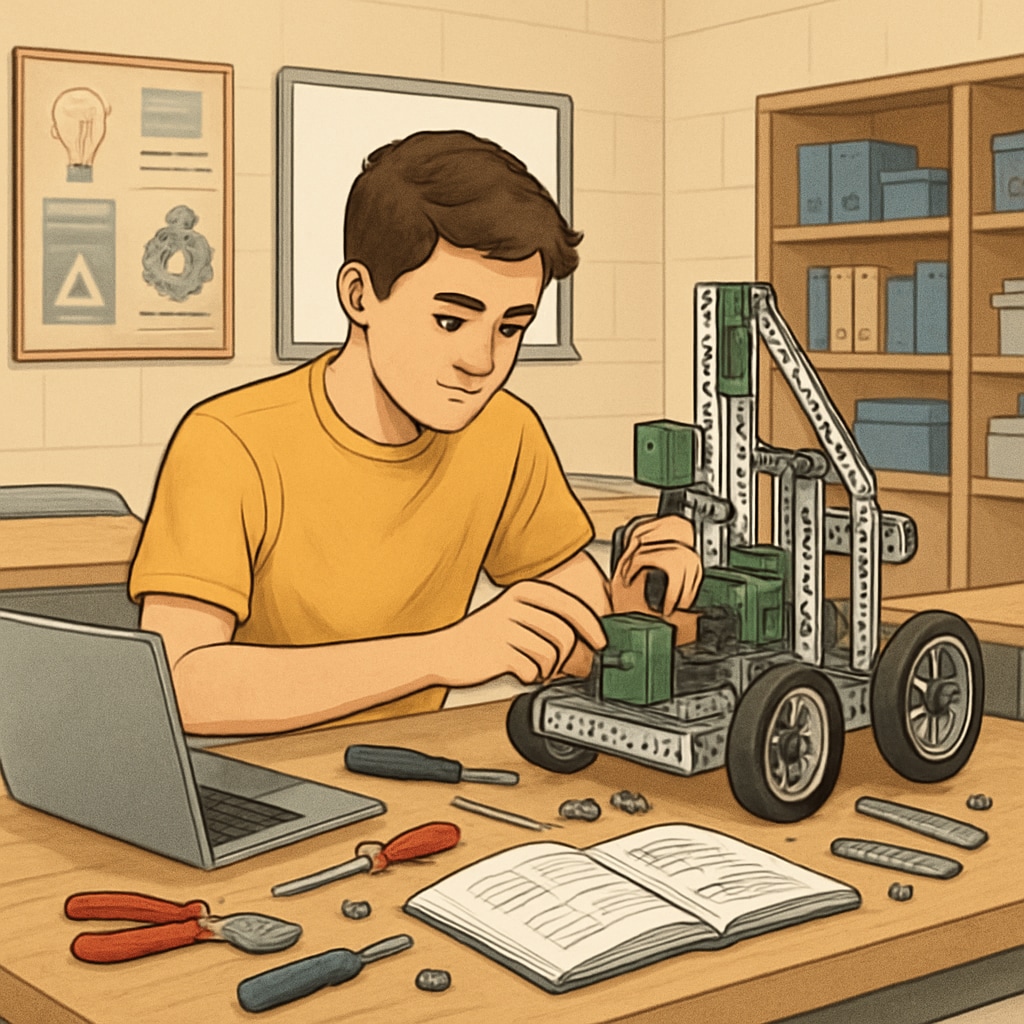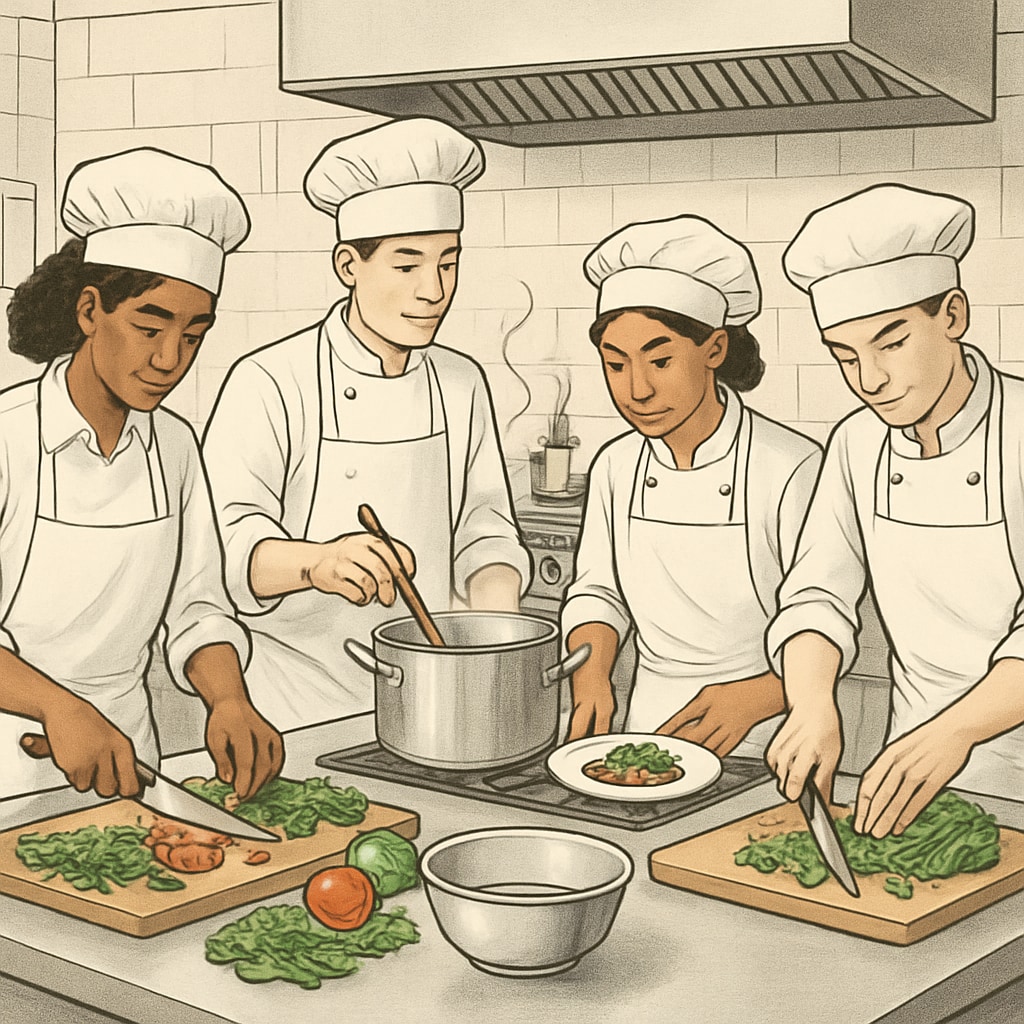Career and Technical Education (CTE) programs are increasingly gaining traction in school districts as a way to bridge the gap between traditional academic disciplines and career-focused skills. By blending practical, hands-on learning with established subjects such as mathematics, science, and English, these programs are redefining the educational landscape. This integration not only equips students with real-world skills but also enhances their understanding of core subjects, making learning more relatable and engaging.
How CTE Programs Complement Traditional Subjects
CTE programs are designed to provide students with career-ready skills while complementing traditional academic curricula. For example, a CTE course in engineering might integrate physics principles, or a culinary arts program could teach chemistry through food science. This interdisciplinary approach helps students see the relevance of their academic studies in real-world contexts.
School districts adopting CTE often implement these programs through partnerships with local industries and community colleges. This collaboration ensures that the skills being taught align with current workforce demands, giving students a competitive edge as they transition into higher education or careers. Furthermore, the integration of CTE fosters critical thinking, problem-solving, and collaboration—skills essential for success in any field.

Implementation Strategies for CTE Programs in School Districts
Successful implementation of CTE programs requires careful planning and support from multiple stakeholders. School districts typically follow these steps to integrate CTE into their curriculum:
- Needs Assessment: Conducting surveys and studies to identify local industry needs and student interests.
- Curriculum Design: Developing courses that combine academic standards with career-focused learning objectives.
- Teacher Training: Providing professional development to help educators adapt to interdisciplinary teaching methods.
- Partnerships: Collaborating with businesses, trade organizations, and higher education institutions to create internship and mentorship opportunities.
- Continuous Evaluation: Regularly assessing program outcomes and making adjustments to meet evolving educational and workforce needs.
For example, the P-TECH (Pathways in Technology Early College High School) program is a widely recognized model that combines high school, college, and industry partnerships to prepare students for STEM careers. Such initiatives illustrate how CTE programs can be seamlessly integrated into educational systems to yield positive outcomes.
The Impact of CTE on Student Outcomes
One of the most significant benefits of CTE is its impact on student engagement and achievement. By connecting academic content to practical applications, students gain a deeper understanding of subjects that might otherwise seem abstract or disconnected. For instance, a construction technology course could reinforce mathematical concepts like geometry and measurement, making them more tangible and relevant.
Additionally, CTE programs often lead to improved graduation rates. According to data from the National Center for Education Statistics, students enrolled in CTE courses are more likely to stay in school and pursue post-secondary education or certifications. This is especially true for students who may not thrive in a traditional classroom setting but excel in hands-on learning environments.

Challenges and Opportunities in Expanding CTE
Despite its benefits, the expansion of CTE programs faces challenges such as funding limitations, teacher shortages, and the need to balance academic rigor with career preparation. However, these challenges also present opportunities for innovation. For example, leveraging technology can help deliver CTE content in underserved areas through virtual labs and online courses.
Policymakers and educators must work together to address these barriers and ensure equitable access to CTE programs. By doing so, they can create a more inclusive educational system that prepares all students for the demands of the 21st-century workforce.
CTE programs are not just an alternative to traditional education—they are a complement that enriches the learning experience for students and provides them with the tools they need to succeed. As more school districts embrace this approach, the potential for CTE to transform K-12 education becomes increasingly evident.
Readability guidance: This article employs short paragraphs, lists, and clear transitions to ensure readability. It avoids long sentences and minimizes passive voice, making the content accessible and engaging for a wide audience.


